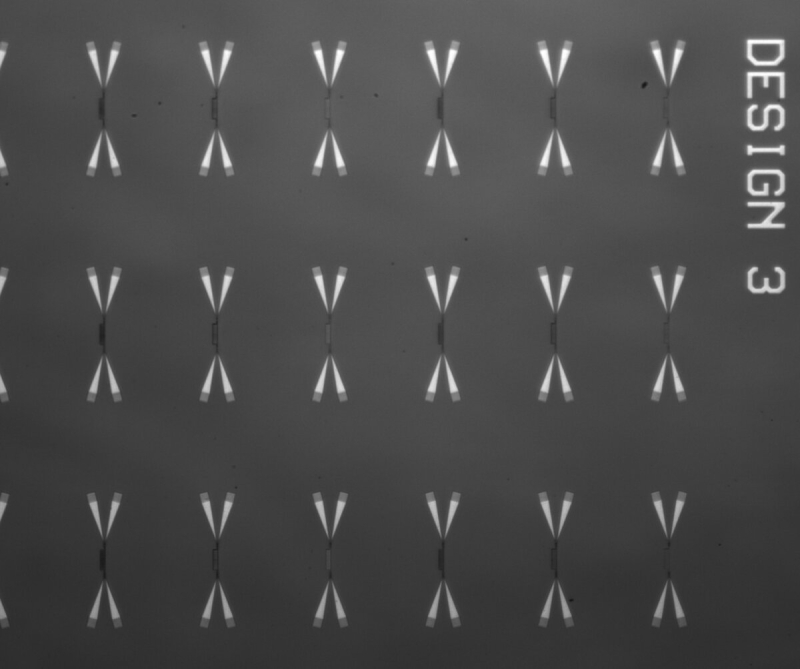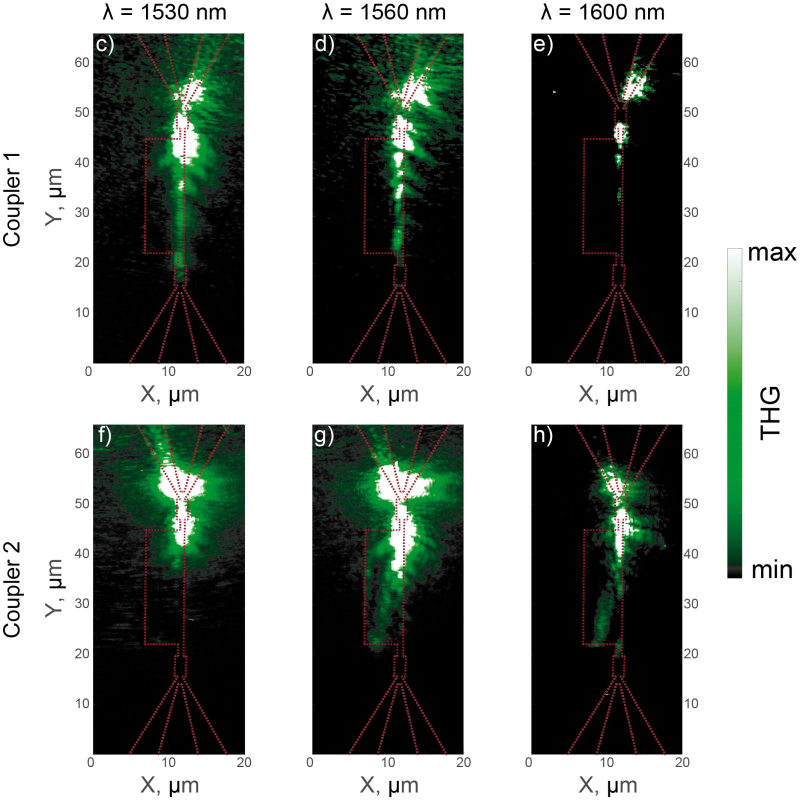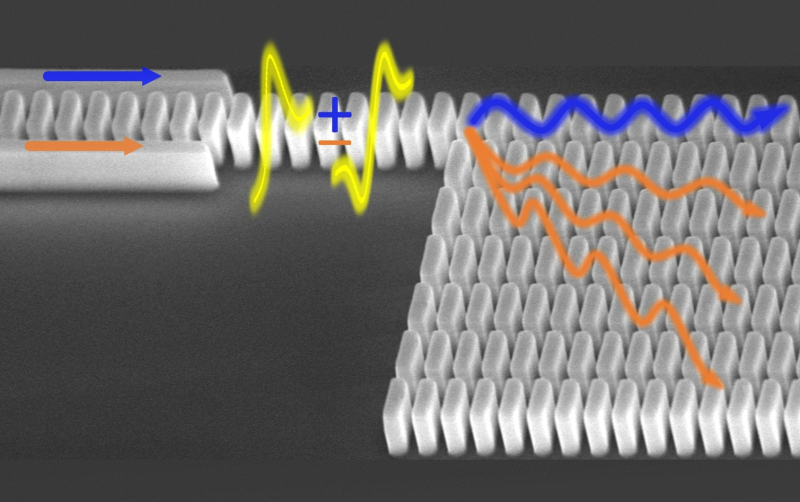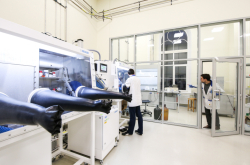Topological physics allows one to create light states that are resilient to defects and disorder, thus paving the way for optical devices for information processing and transfer. Typically, such topological states are made with the use of static magnetic fields and magneto-optical materials. However, creating structures made up of such materials is a complicated process because they require special conditions (namely, strong magnetic fields). Moreover, the resulting structures turn out to be too big to place on a chip.
Condensed matter physics offers a way to circumvent the use of magnetic fields: electron spins. The spin of electron can be visualized, albeit not entirely correctly, as rotation of the particles around their axes. Spins can affect the movement of electrons in solid bodies in an effect known as spin-orbit interaction.
Unfortunately, this effect cannot be directly applied in photonics because photons don’t demonstrate spin-orbit interaction – however, they do exhibit analogous effects. Researchers from ITMO’s Frontier Laboratory Probing Fundamental Physics with Topological Metamaterials have suggested a novel method: using accidentally degenerate modes of photons. When they degenerate, modes with different symmetries of the field distribution propagate along the waveguide in a similar manner. Importantly, mode degeneracy can be controlled by creating the necessary waveguide structure. Depending on the excitation pathway of this structure, photons can either scatter to the bulk or form topological edge states.
See also:
ITMO Scientists Find a Way to Reconfigure Topological States of Light
ITMO Scientists Design a Model to Protect Quantum Computing From Disorder
Dark Matter and Quantum States: All About ITMO's New Frontier Labs

An optical image of different versions of the structure. Illustration from the article
Creating a topological structure with the desired properties was not an easy task.
“As it turns out, only one out of 18 structures that we fabricated had the properties that we were looking for. We had to go through a long process of trial and error,” said Alexey Mikhin, the paper’s lead author and a PhD student at the Faculty of Physics.
According to Maxim Gorlach, the paper’s co-author and the head of the frontier lab, creating a structure with flexible configuration on chip that is the size of around a hundred microns is a significant breakthrough. This approach may also prove useful when creating topological optical devices.
“This experimental research is a result of a theory that was put forward by my colleague Roman Savelev and myself a few years ago. It is not possible to change an electron’s spin at will. But one can control the degeneracy of modes in photonic structures. And that opens up a multitude of new topological phases and physical effects that we’ve only just begun to study,” shared Dr. Gorlach.

Propagation of topological edge modes. Illustration from the article
The structure that has been developed works in the infrared range (wavelengths of around 1.5 micrometers). Earlier, the researchers applied their solution in the microwave range, where wavelengths are 10,000 times larger. The next step is to achieve reconfigurable states in structures that work in the visible range, with wavelengths as small as fractions of a micron. Work is already under way in collaboration with scientists from the University of Chile.
The study is supported by the Russian Science Foundation and the Federal Academic Leadership program Priority 2030.
Reference: Alexey Mikhin, Viktoriia Rutckaia, Roman Savelev, Ivan Sinev, Andrea Alù, Maxim Gorlach. Coherent Control of Topological States in an Integrated Waveguide Lattice (Nano Letters, 2023).






